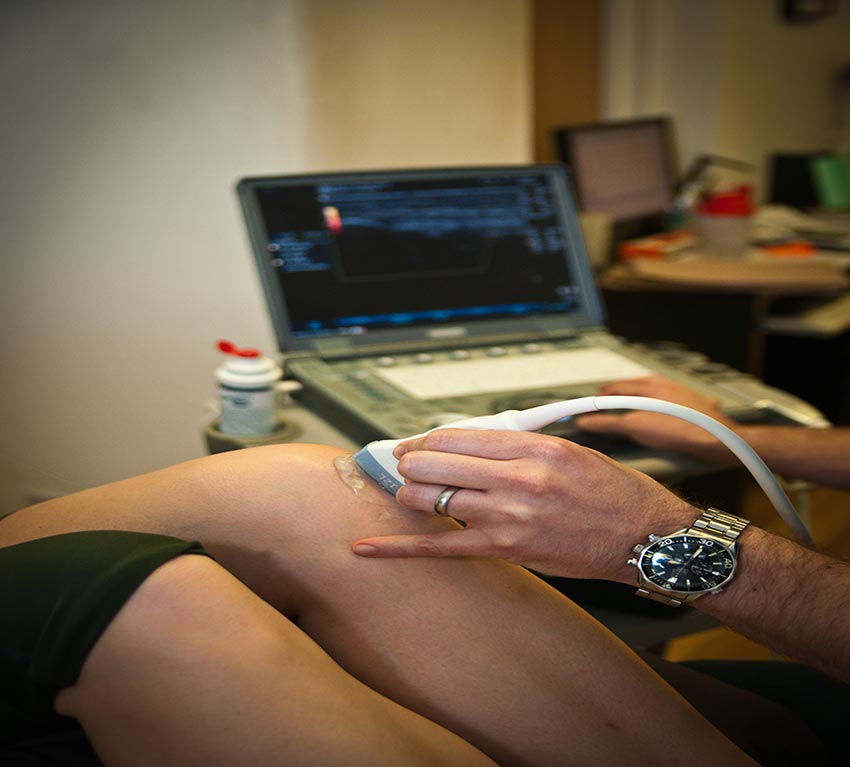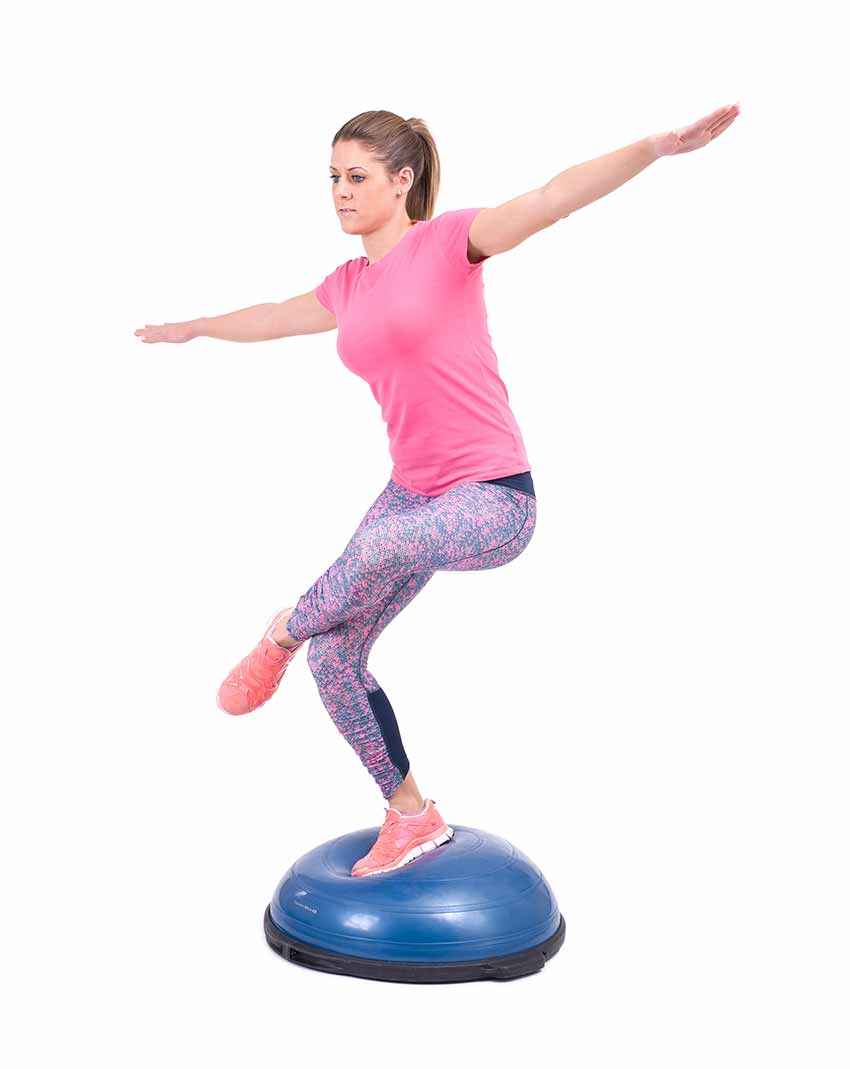Gyrotonic Stabilisation
I’ve always been slightly daunted about write about Gyrotonic in the newsletter mainly because it is such a complex and sophisticated system that at times you don’t know where to start or end. Gyrotonic for me is like a great movie or a fantastic painting or a trip to a favourite holiday destination – every time you visit it you discover something new. And just when you think you’ve nailed it, it offers up another dimension
So, where to start? Let’s start with a common misconception – it’s all about moving the body. For a balanced functional body we need strength, mobility, flexibility and endurance. One cannot exist without the other and when this balance is disrupted we often have dysfunction and suffer pain and injury. So any modality worth its salt will incorporate all these factors.
Yoga, Martial Arts, Pilates – and many more encompass these factors. With this laid down it wouldn’t make for a great discipline for Gyrotonic to only focus on movement. For fantastic movement you need to be mobile – that is your moving parts or joints need to have good range. Above and beyond this the structures around these parts need to be flexible to allow the range of movement and the strength to hold them well in place. And without endurance in the body the movement cannot be sustained in quality or quantity.
Gyrotonic’s foundation is in stabilization not movement, moreover dynamic stabilization. This is widely referred to within Gyrotonic and Gyrokinesis as Narrowing. Narrowing encompasses focal areas essential for stability but in such a way it becomes organic in nature. What do I mean by organic? Techniques are taught to encourage activation of deep stabilizing muscles, with the least amount of energy to create a balanced stable and open body. This ability creates a feeling of not only strength but a lightness and length.
So now you have the magic every body needs for a great foundation – now you can move! And then it is all about the movement and what great movement it is. Organic movement and organic quality of movement. What do I mean by organic movement? Ahhh you have to wait for the next article on Gyrotonic – unless another dimension gets in the way!



